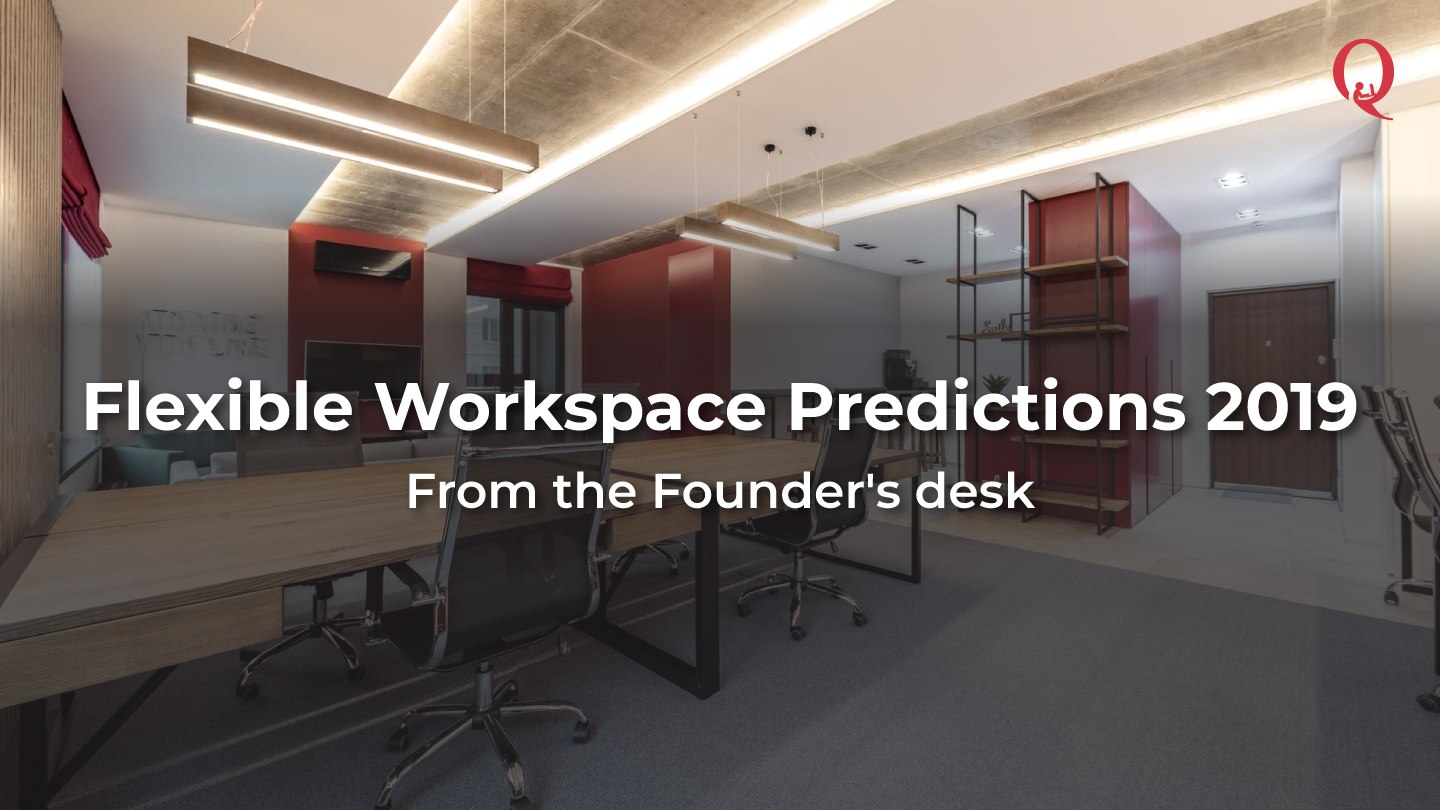This 2018, flexible and coworking spaces have thrived to be at the forefront of commercial real estate discussions. By the end of this year, 3% of complete office stock comprises flexible workspaces, which is estimated to grow up to 11% in the next 2 years.
Predictions and Trends:
- Adoption
This whole movement and adoption was initiated by SME’s and Startups from 2016 till early 2018. 2018 was a landmark turning point for the flex ecosystem. More and more large corporates and enterprises opting for coworking spaces or serviced offices for flexible requirements on a pan India basis.
- Managed Office
This is an emerging asset class within the flex ecosystem. This basically means giving a customized Private serviced and managed office as per client specs – culture, design, terms, and price objectives. Again with a strong wrap of flexible terms. The major seekers of this solution or rather client segment is of large corporates. The corporates get the desired office which is managed by specialists in the business at no capex 2019 would witness more of these closures in the market. Homegrown managed office operators are offering really valued solutions here.
- The New Landlord
Coworking operators are the new landlords offering zero capex, serviced & managed office solution on flexible term. The layer between building owners/developers and the end occupier.
- 2019 – New Supply entrants
Something striking will emerge towards the late 2019 and early 2020, established large landlords would apportion 3% – 5% of the building for flex space either self operated or coworking partner operated.
- Consolidation – Yes or No?
Not really. In bits and pieces, may be or here and there. Definitely not a phenomenon or the obvious progression.
Why X should buy Y?
Is there something proprietary here?
- Occupants profile and Loyalty
- Real estate acquisition cost/strategy
- Design and Configuration
- Technology
- Community and Collaboration
- Faster Roll out and Scale










